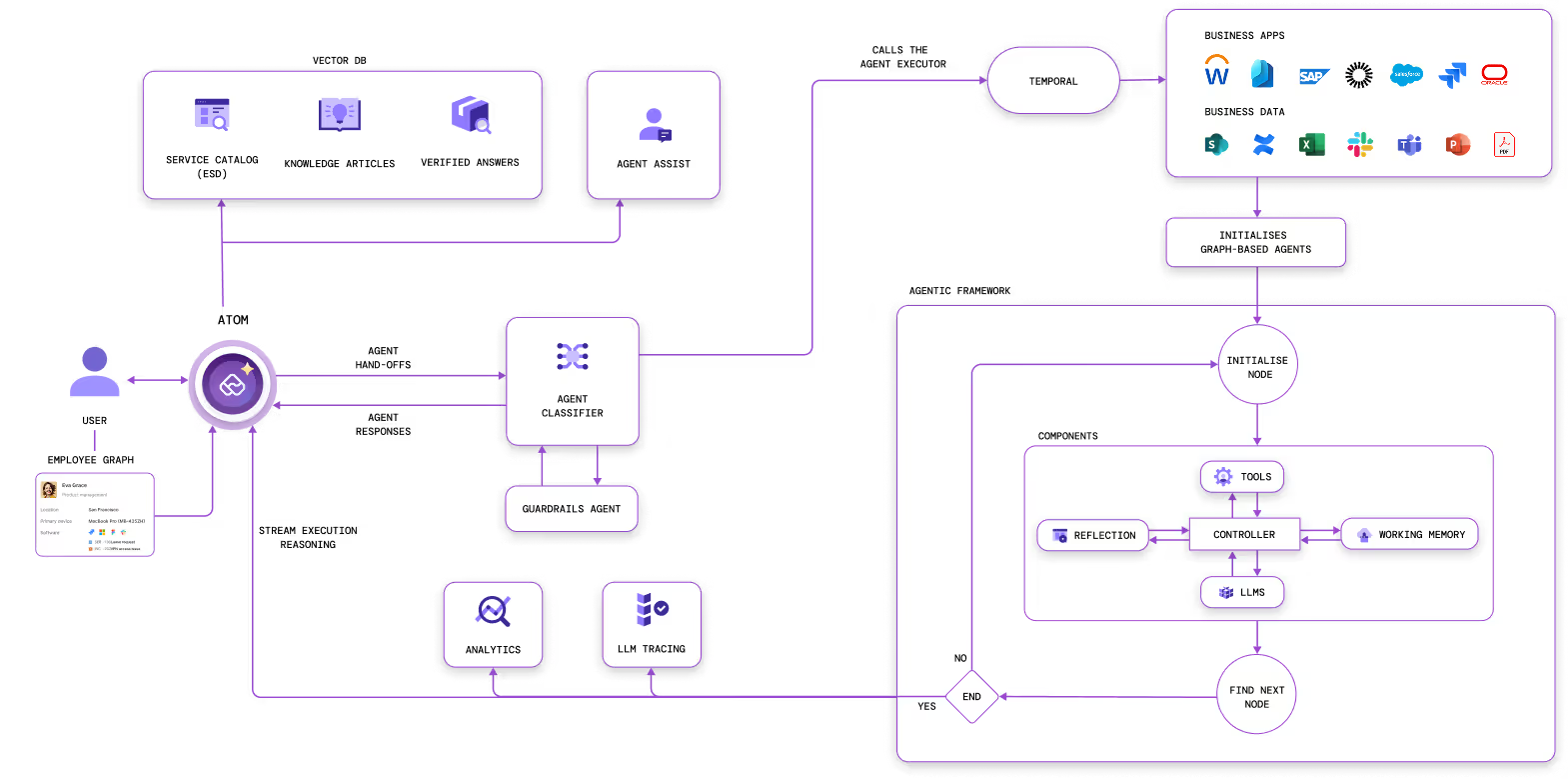
Building an AI-ready IT infrastructure



For forward-thinking IT leaders to realize value from their transformation initiatives, it is essential to equip their technology stack to be future ready.
Rapid changes in the AI landscape demand greater compute power and optimized cloud environments to handle heavy AI workloads.

of IT leaders are planning IT infrastructure needs 1 to 3 years ahead due to rising demand.
of them say IT infrastructure constraints are the top barrier to expanding AI initiatives.
AI agents working in tandem will quickly replace rigid, rule-based workflows with their contextual reasoning abilities that can work across multiple systems and navigate dynamic changes in interfaces. These autonomous AI agents can reason, plan, act based on specific goals for faster issue resolutions, self-healing systems, and robust knowledge management.
Today’s AI agents and other AI applications that are set to transform service management require real-time processing capabilities of vast amounts of data. Ensuring your infrastructure can handle that load through
scalable cloud services or on-premise AI platforms are key to avoiding performance bottlenecks.
For AI systems to function well, the enterprise data fabric becomes a strong foundation. AI’s effectiveness relies on unified, high-quality data across IT and business systems. This data foundation could comprise of your ticket logs, CMDB entries, and unified user records that are generated in business ecosystems.
Enforcing metadata standards, PII masking, real-time ingestion, and proper governance of the data created, helps control chaos within AI systems.
Data is not the most exciting thing for business executives, but it's like building a solid foundation. I'd focus more on connecting my team's data to business outcomes than chasing the next big project. When you make data easy to access and use, people will find incredible ways to leverage it.

AI excels in connecting data from multiple systems to trigger powerful workflows. AI Agents need to plug into ITSM, HRMS, access management systems, and collaboration platforms to build seamless agentic workflows and the underlying framework should enable this interoperability.
For instance, Atomicwork’s multi-agent architecture meets these demands, letting specialised agents collaborate, reuse components, and evolve securely, turning AI into core infrastructure rather than a bolt-on layer.

Put simply, the tech stack that emerges after 2025 is wired with intelligence from end to end. CIOs should engineer environments where AI operates as a built-in, ever-learning layer.
Achieving this will require reworking integration patterns, adopting AI-ready platforms, and viewing agentic services as foundational infrastructure on par with compute, storage, and networking.
Explore our customized agentic framework to build and deploy AI agents
